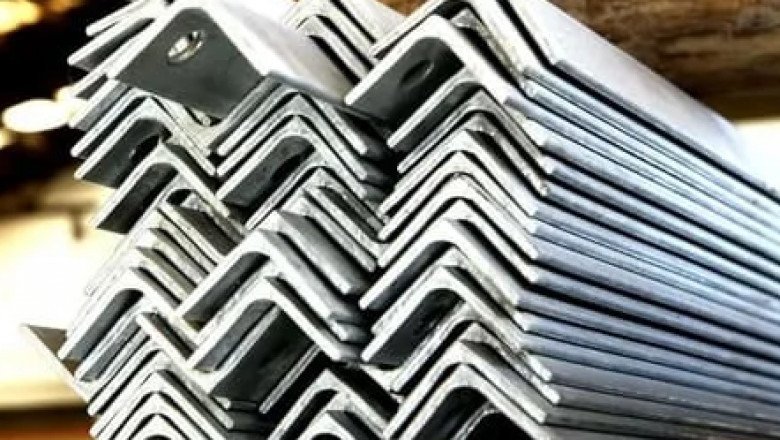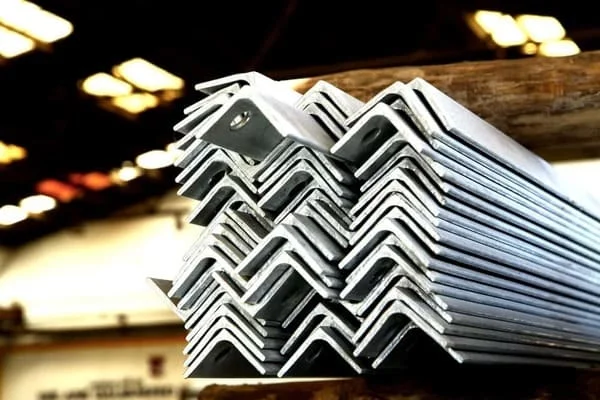
views
The different types of patterns on the galvanized steel
Contents
1. Types of patterns on the galvanized steel
2. Why visible light spots are not as common as before
The different types of patterns on the galvanized steel are one of its most eye-catching features. This is one of the main methods to judge whether the steel is really galvanized. We are often asked whether there can be different types of patterns and the meaning of each pattern. Let us consider how to form or avoid patterns on galvanized steel.

Types of patterns on the galvanized steel
We sometimes see different types of patterns on the galvanized steel. Almost all hot-dip galvanized steel in the past had sequins. The sequins on the surface of galvanized steel refer to the snowflake-like or six-sided star-like patterns on the steel, which can be seen very clearly with the naked eye, and the details can be seen under a 10x magnifying glass. With the change of hot-dip galvanizing process, it is not so common now, but it is still seen occasionally. The stars and snowflakes formed on the glittering steel are symmetrical in all directions. They grow from a single point in six directions along lines called dendrites. The smaller arms grow laterally from the dendrites, just like the leaves on the stem. When the molten zinc coating on galvanized steel begins to cool below the melting point of zinc, sequins appear. When zinc melts, the individual atoms of the metal move in a Brownian motion, which seems to be more or less random. When zinc cools to its melting point, the zinc atoms closest to the steel begin to form an ordered pattern. Some zinc atoms combine with iron to form alloys. The very thin zinc layer directly above this alloy begins to form "grains." You may have seen similar grain structures in many other materials, such as sandstone particles in a piece of sandstone rock. The zinc particles on the surface of the galvanized steel are much smaller than the sandstone particles in a rock, but they are bound by tighter atomic forces. The individual zinc atoms adhere to the zinc particles on the surface of the galvanized steel in an orderly manner. The electrostatic force between the zinc atoms causes them to form hexagonal symmetrical crystal grains. The process of forming crystal grains on the seed crystals on the surface of the galvanized steel during cooling is called nucleation. When galvanized steel freezes, nucleation must occur quickly and have smaller grains. When the galvanized steel cools slowly, the crystal grains are larger.
Why visible light spots are not as common as before
Sequins on the surface of galvanized steel were so common in the past that customers would think that the steel was not really galvanized if they could not see the sequins on the surface of galvanized steel. However, the reason why almost all galvanized steels have flashes is the presence of impurities in the molten zinc used in the hot dip process. The seed crystals on the steel are formed around lead atoms that have not yet been smelted from the ore used for the zinc coating. As evidence of health problems caused by lead stents, galvanizers have found a way to make molten zinc lead-free to reduce environmental impact and health hazards. The results show that the removal of lead also improves the durability of the steel. When steel is used in a hot and humid environment, even if the zinc plating mixture contains 100 ppm of lead, it will cause delayed adhesion failure and peeling of zinc particles on the surface of the galvanized steel. Therefore, galvanizing plants have found a way to make the zinc they use for galvanizing more pure. In the process of taking the lead, they also removed different types of patterns on the galvanized steel. Today's galvanized steel has a smooth and shiny surface.

Final thoughts
If you need sequins on the surface of galvanized steel aesthetically, your galvanizer can add more environmentally friendly antimony to the molten zinc to obtain the same effect as the zinc particles on the surface of the galvanized steel. Only 0.03% to 0.10% antimony in the molten zinc bath can form a smooth and shiny coating that is almost impossible to detect, but different types of patterns on the galvanized steel can be seen.
Tags: different types of patterns on the galvanized steel, sequins on the surface of galvanized steel, zinc particles on the surface of the galvanized steel












Comments
0 comment